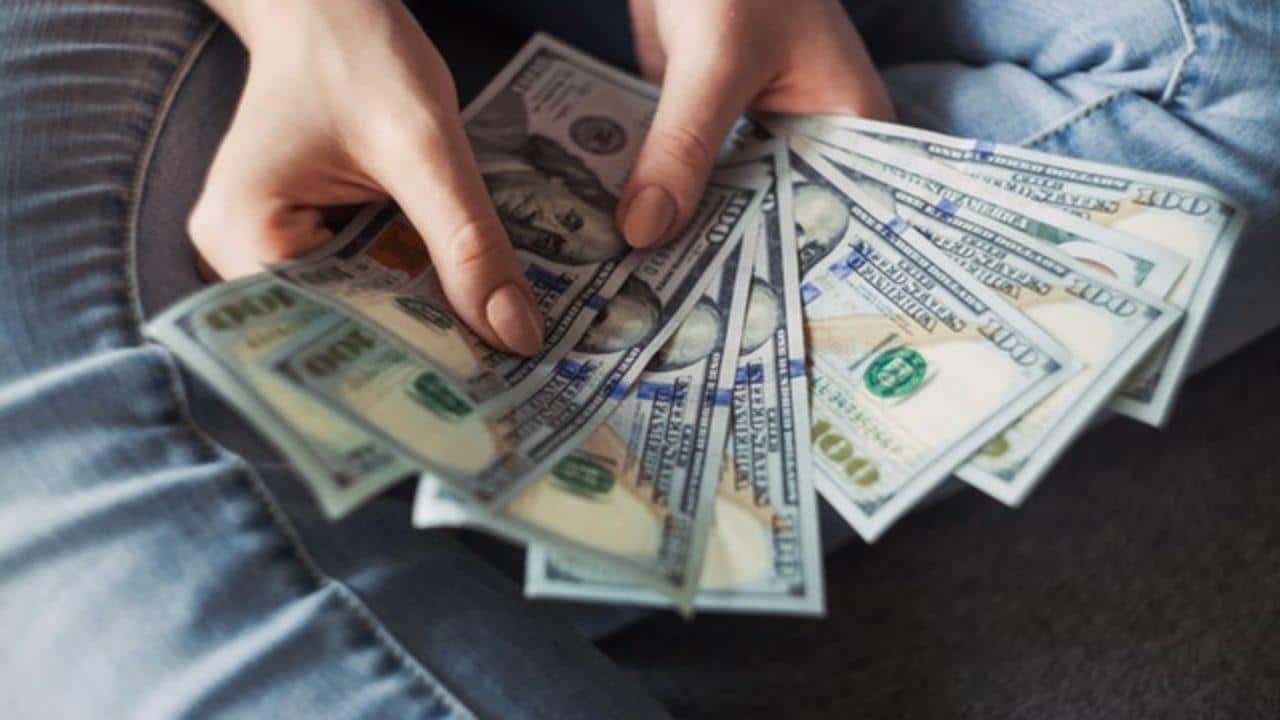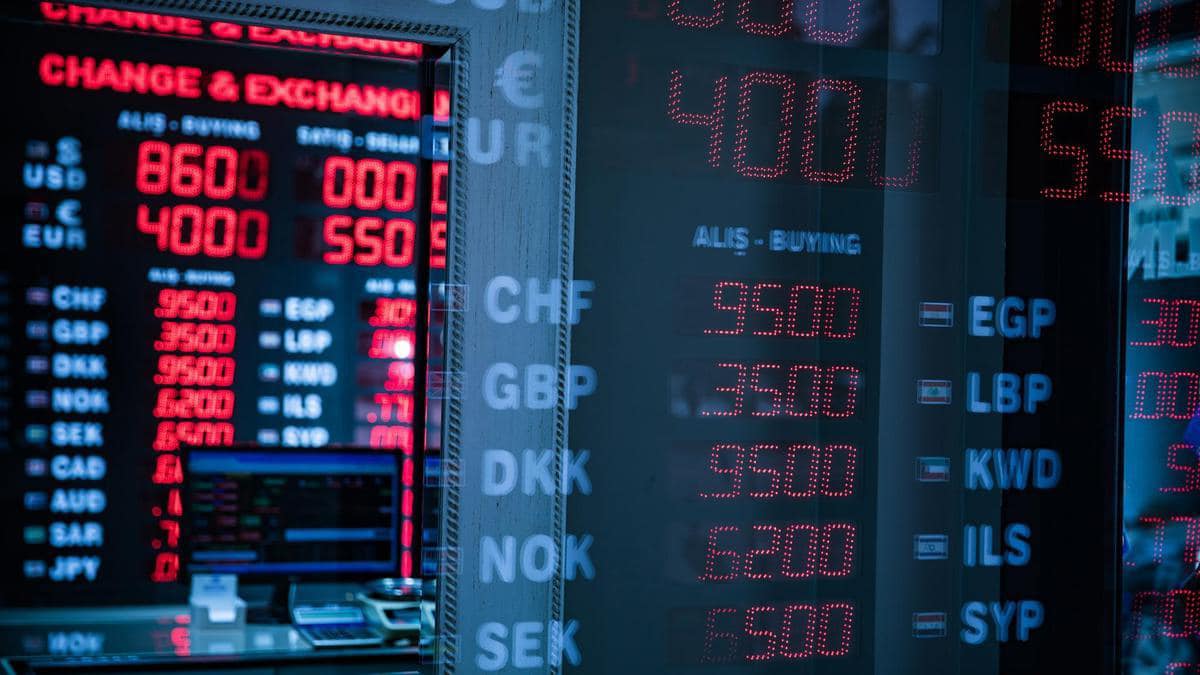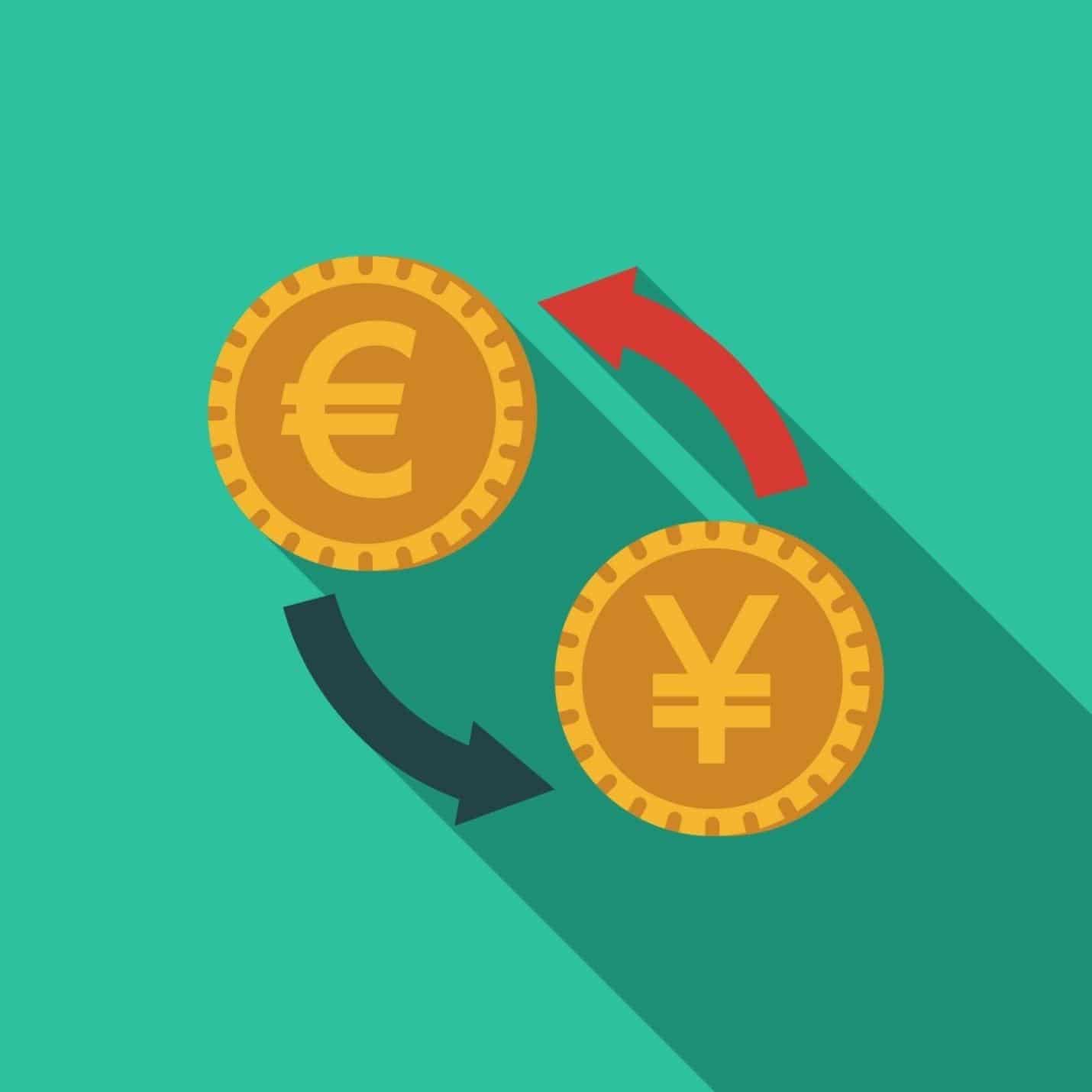In the Forex market, independent investors, financial bodies, and large corporations alike use currency swaps for managing currency in the short term. Although many traders prefer to use forward contracts and spot contracts, in particular scenarios, currency swaps can lead to better outcomes. Let us now try to comprehend how it functions.
What is a currency swap?
In a currency swap contract, two separate bodies enter an agreement to barter a certain amount of money in two distinct currencies at a fixed date in the future. This trade is performed at a rate that is fixed beforehand. While the contract is active, the involved parties receive interest from one another on the basis of the invested principal amounts.
What is its purpose?

Suppose a USA-based company wishes to enter the UK market, while concomitantly, a UK-based company wants to invest in the American market. Now, if the first company wishes to take a loan from a bank in the UK, they might face some institutional roadblocks. Furthermore, they might have to settle for a loan with an extremely high interest rate.
In the same way, the UK party will be asked to pay a high rate of interest when they take a loan from a financial institution based in the USA. In order to avoid this, the companies might decide to take loans from national banks and then perform a currency swap. Thus, instead of taking loans at exorbitant rates, the organizations borrow a certain sum of their individual national currencies and make an entry into the Forex market.
How does a currency swap work?
Normally, there is a fixed rate of interest you need to pay for satisfying a debt. A currency swap changes this to a floating rate, which means you need to pay as per the fluctuations in interest rates. Here, a party borrows a certain sum of foreign currency from another party according to the established exchange rate. Simultaneously, a corresponding amount of money in the domestic currency is lent to the 2nd party.
The swap begins with the principal amount being exchanged on the spot. Interest is paid on a regular basis while the contract is ongoing, thus representing a string of forward foreign exchange contracts. When the contract is over, the principal is repaid by both the parties involved.
FX swaps and exchange rates

The duration of a swap can range from a few months to several years, based on the terms mentioned in the agreement. So while the trade is active, the exchange rate of the spot market for the currencies can rise and fall frequently. Financial bodies and large business organizations utilize currency swaps for this reason.
This way, they know precisely what amount they will get and what they need to return in the days to come. If you need to get your hands on a specific sum of money in a specific currency, and all the signs are telling you that its value will rise in the future, a swap is a great option for you. It will allow you to pay a lot less while you are repaying the due amount.
Difference between FX swaps and cross currency swaps
Similar to currency swaps, FX swaps are financial assets that you can use to protect yourself against adverse movements in the positions of foreign currencies. Nevertheless, the way the process is completed is not the same for the two. FX Swaps are generally made up of two stages, where the first one involves the barter of currencies on the basis of a fixed rate.
In the second stage, a forward rate is used to turn around the exchange rate for both currencies. This serves the objective of promoting and turning over the contracts when the investor wishes to hold on to a hedged position. It also allows you to change the position sizes for the forward contract if the hedged revelation is anticipated to rise or fall.
FX swaps do not involve returns exchange while the process is ongoing, and unlike currency swaps, the amounts exchanged once the contract is over are not the same. So whereas a cross-currency swap is used to nullify both interest rate and exchange rate risks, an FX swap can only be used for offsetting the risk posed by the exchange rate.
Currency swap types

Currency swaps can be classified in the following way:
- Fixed to fixed currency swap. Here, two loans in different currencies are taken out by two distinct parties, and a fixed interest is paid by both. Swapping the principal amount is not required in this scenario. Once the contract matures, the principal is exchanged once more.
- Fixed to floating cross currency swap: This involves the swapping of fixed-rate commitments for floating rate commitments when two different currencies are exchanged.
Advantages
The currency swaps offer you the following advantages:
- They allow organizations to achieve an upper hand by raising money in one currency while obtaining savings in another.
- By making an accurate forecast of interest rates and currency values, organizations can use currency swaps to change their loans from one currency to another.
- In case a company has chosen the incorrect currency to fund their foreign activities, they can perform a currency swap to rectify the mistake.
- It allows you to lock in a fixed exchange rate to satisfy a debt you have accumulated in another currency.
- Through currency swaps, an organization can hedge large balance sheet items like foreign investments.
Summing up
If you wish to minimize the risk of suffering from losses due to changes in the exchange rate, a currency swap can be an effective instrument at your disposal. It can also help you keep your foreign currency borrowing expense to a bare minimum. These are long-term contracts that can last for up to 30 years.